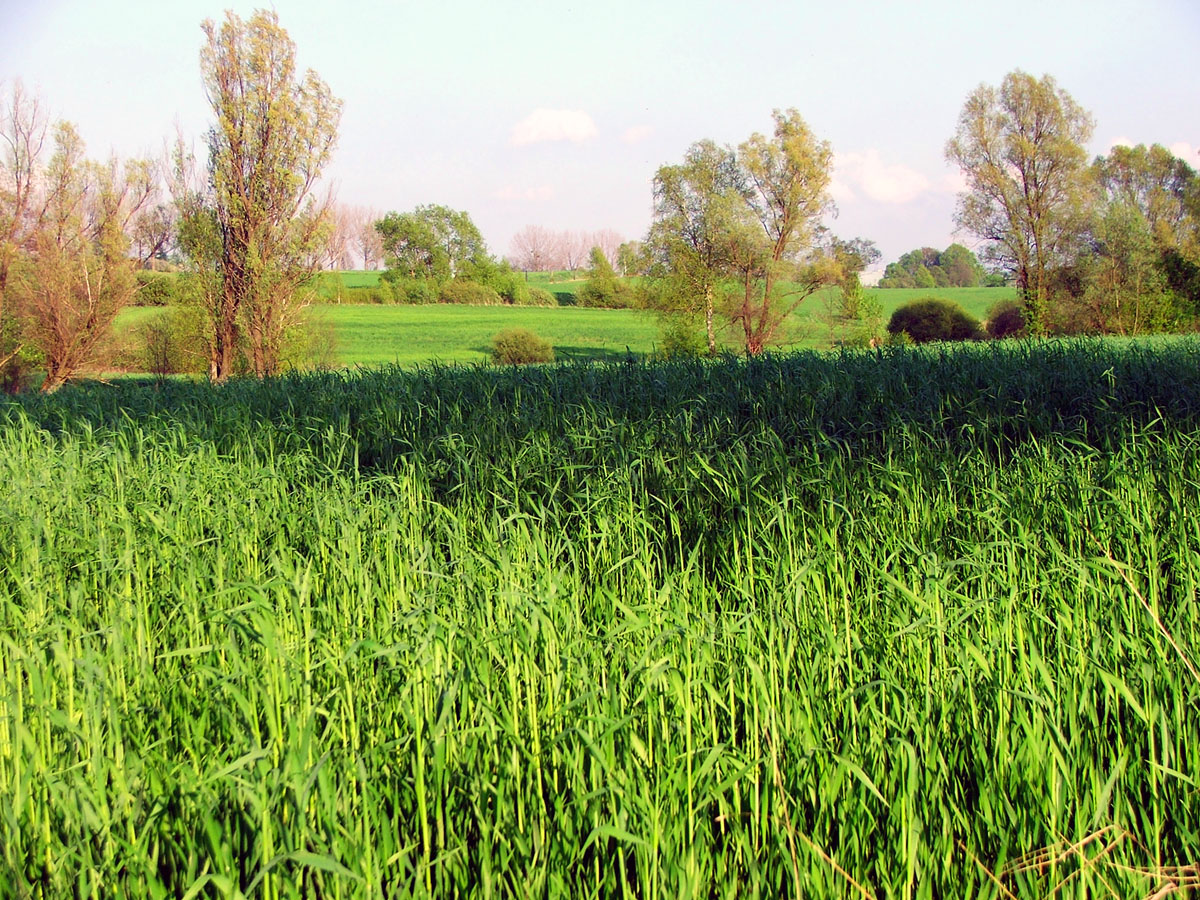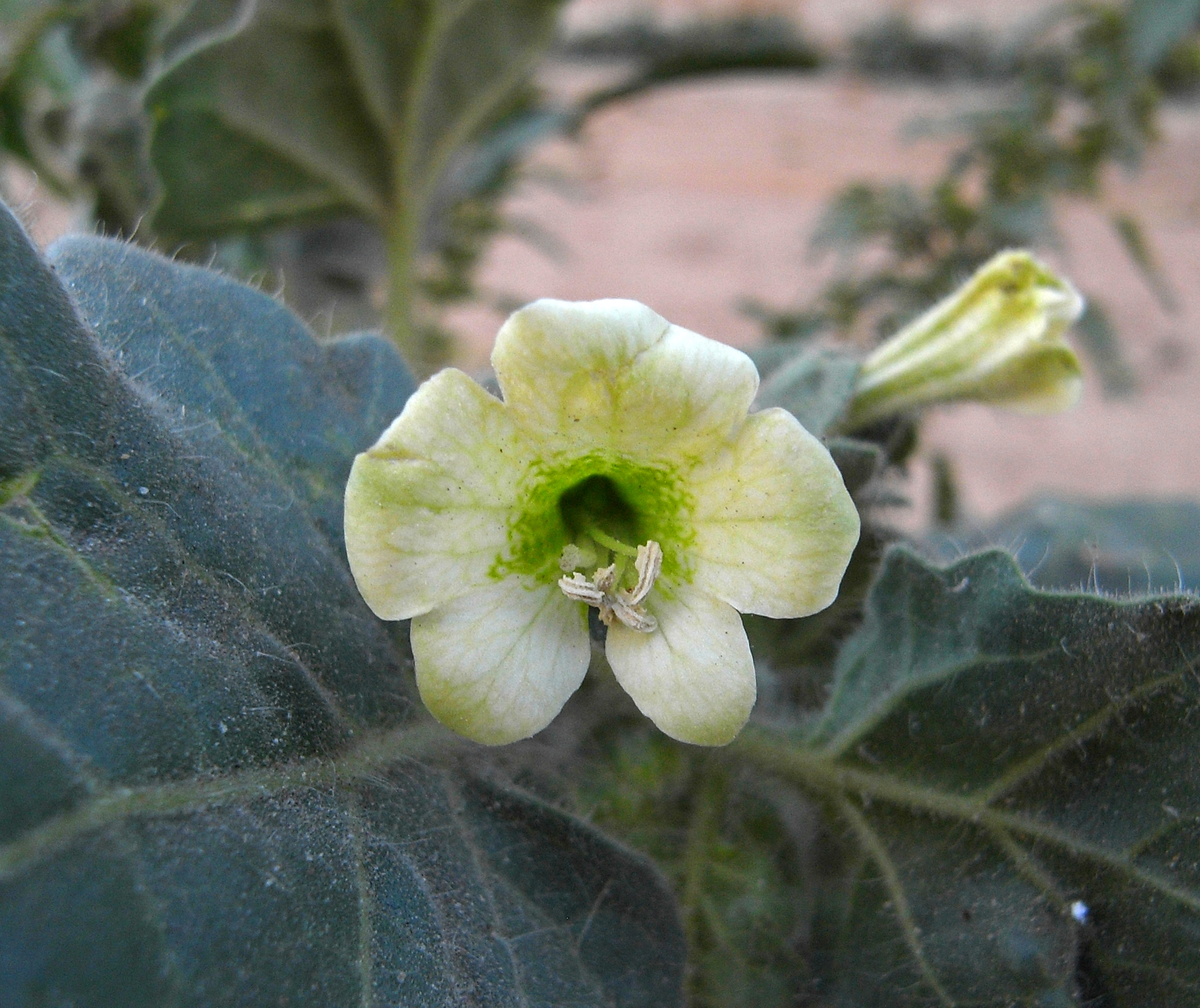|
Helicoverpa Armigera
''Helicoverpa armigera'' is a species of Lepidoptera in the family Noctuidae. It is known as the cotton bollworm, corn earworm, Old World (African) bollworm, or scarce bordered straw (the lattermost in the UK, where it is a migrant). The larvae feed on a wide range of plants, including many important cultivated crops. It is a major pest in cotton and one of the most polyphagous and cosmopolitan pest species. It should not be confused with the similarly named larva of the related species '' Helicoverpa zea''. Distribution This species comprises two sub-species: ''Helicoverpa armigera armigera'' is native and widespread in central and southern Europe, temperate Asia and Africa; ''Helicoverpa armigera conferta'' is native to Australia, and Oceania. The former sub-species has also recently been confirmed to have successfully invaded Brazil and has since spread across much of South America and reached the Caribbean. It is a migrant species, able to reach Scandinavia and other northern ... [...More Info...] [...Related Items...] OR: [Wikipedia] [Google] [Baidu] |
Jacob Hübner
Jacob Hübner (20 June 1761 – 13 September 1826, in Augsburg) was a German entomologist. He was the author of ''Sammlung Europäischer Schmetterlinge'' (1796–1805), a founding work of entomology. Scientific career Hübner was the author of ''Sammlung Europäischer Schmetterlinge'' (1796–1805), a founding work of entomology. He was one of the first specialists to work on the European Lepidoptera. He described many new species, for example ''Sesia bembeciformis'' and ''Euchloe tagis'', many of them common. He also described many new genera. He was a designer and engraver and from 1786 he worked for three years as a designer and engraver at a cotton factory in Ukraine. There he collected butterflies and moths including descriptions and illustrations of some in ''Beiträge zur Geschichte der Schmetterlinge'' (1786–1790) along with other new species from the countryside around his home in Augsburg. Hübner's masterwork "Tentamen" was intended as a discussion document. Ina ... [...More Info...] [...Related Items...] OR: [Wikipedia] [Google] [Baidu] |
Cannibal
Cannibalism is the act of consuming another individual of the same species as food. Cannibalism is a common ecological interaction in the animal kingdom and has been recorded in more than 1,500 species. Human cannibalism is well documented, both in ancient and in recent times. The rate of cannibalism increases in nutritionally poor environments as individuals turn to members of their own species as an additional food source.Elgar, M.A. & Crespi, B.J. (1992) ''Cannibalism: ecology and evolution among diverse taxa'', Oxford University Press, Oxford ngland New York. Cannibalism regulates population numbers, whereby resources such as food, shelter and territory become more readily available with the decrease of potential competition. Although it may benefit the individual, it has been shown that the presence of cannibalism decreases the expected survival rate of the whole population and increases the risk of consuming a relative. Other negative effects may include the increased ri ... [...More Info...] [...Related Items...] OR: [Wikipedia] [Google] [Baidu] |
Hyoscyamus
''Hyoscyamus'' — known as the henbanes — is a small genus of flowering plants in the nightshade family, Solanaceae. It comprises 11 species, all of which are toxic. It, along with other genera in the same family, is a source of the drug hyoscyamine (daturine).Cruciferous type of stomata present in Hyoscyamus. ''Hyoscyamus'' means "hog-bean" in botanical Latin and was a name derogatorily applied to the plant by Dioscorides Pedanius Dioscorides ( grc-gre, Πεδάνιος Διοσκουρίδης, ; 40–90 AD), “the father of pharmacognosy”, was a Greek physician, pharmacologist, botanist, and author of '' De materia medica'' (, On Medical Material) —a 5-vo ....Gledhill D. 1996. ''The Names of Plants''. Cambridge University Press Selected species References External links {{Authority control Hyoscyameae Solanaceae genera ... [...More Info...] [...Related Items...] OR: [Wikipedia] [Google] [Baidu] |
Datura
''Datura'' is a genus of nine species of highly poisonous, vespertine-flowering plants belonging to the nightshade family Solanaceae. They are commonly known as thornapples or jimsonweeds, but are also known as devil's trumpets (not to be confused with angel's trumpets, which are placed in the closely related genus ''Brugmansia''). Other English common names include moonflower, devil's weed, and hell's bells. All species of ''Datura'' are extremely poisonous and potentially psychoactive, especially their seeds and flowers, which can cause respiratory depression, arrhythmias, fever, delirium, hallucinations, anticholinergic syndrome, psychosis, and even death if taken internally. Due to their effects and symptoms, they have occasionally been used not only as poisons, but also as hallucinogens by various groups throughout history. Traditionally, psychoactive administration of ''Datura'' species has often been associated with witchcraft and sorcery or similar practices in m ... [...More Info...] [...Related Items...] OR: [Wikipedia] [Google] [Baidu] |
Solanum
''Solanum'' is a large and diverse genus of flowering plants, which include three food crops of high economic importance: the potato, the tomato and the eggplant (aubergine, brinjal). It is the largest genus in the nightshade family Solanaceae, comprising around 1,500 species. It also contains the so-called horse nettles (unrelated to the genus of true nettles, ''Urtica''), as well as numerous plants cultivated for their ornamental flowers and fruit. ''Solanum'' species show a wide range of growth habits, such as annuals and perennials, vines, subshrubs, shrubs, and small trees. Many formerly independent genera like '' Lycopersicon'' (the tomatoes) and ''Cyphomandra'' are now included in ''Solanum'' as subgenera or sections. Thus, the genus today contains roughly 1,500–2,000 species. Name The generic name was first used by Pliny the Elder (AD 23–79) for a plant also known as , most likely ''S. nigrum''. Its derivation is uncertain, possibly stemming from the Latin word ... [...More Info...] [...Related Items...] OR: [Wikipedia] [Google] [Baidu] |
Lavandula Angustifolia
''Lavandula angustifolia'', formerly ''L. officinalis'', is a flowering plant in the family Lamiaceae, native to the Mediterranean (Spain, France, Italy, Croatia etc.). Its common names include lavender, true lavender and English lavender (though not native to England); also garden lavender, common lavender and narrow-leaved lavender. Description It is a strongly aromatic shrub growing as high as tall. The leaves are evergreen, long, and broad. The flowers are pinkish-purple (lavender-coloured), produced on spikes long at the top of slender, leafless stems long. Etymology The species name ''angustifolia'' is Latin for "narrow leaf". Previously, it was known as ''Lavandula officinalis'', referring to its medicinal properties. Cultivation English lavender is commonly grown as an ornamental plant. It is popular for its colourful flowers, its fragrance, and its ability to survive with low water consumption. It does not grow well in continuously damp soil and may benefit ... [...More Info...] [...Related Items...] OR: [Wikipedia] [Google] [Baidu] |
Chrysanthemum
Chrysanthemums (), sometimes called mums or chrysanths, are flowering plants of the genus ''Chrysanthemum'' in the family Asteraceae. They are native to East Asia and northeastern Europe. Most species originate from East Asia and the center of diversity is in China.Liu, P. L., et al. (2012)Phylogeny of the genus ''Chrysanthemum'' L.: Evidence from single-copy nuclear gene and chloroplast DNA sequences.''PLOS One'' 7(11), e48970. . Countless horticultural varieties and cultivars exist. Description The genus ''Chrysanthemum'' are perennial herbaceous flowering plants, sometimes subshrubs. The leaves are alternate, divided into leaflets and may be pinnatisect, lobed, or serrate (toothed) but rarely entire. The compound inflorescence is an array of several flower heads, or sometimes a solitary head. The head has a base covered in layers of phyllaries. The simple row of ray florets is white, yellow, or red. The disc florets are yellow. Pollen grains are approximately ... [...More Info...] [...Related Items...] OR: [Wikipedia] [Google] [Baidu] |
Pelargonium
''Pelargonium'' () is a genus of flowering plants that includes about 280 species of perennials, succulents, and shrubs, commonly called geraniums, pelargoniums, or storksbills. ''Geranium'' is also the botanical name and common name of a separate genus of related plants, also known as cranesbills. Both genera belong to the family Geraniaceae. Carl Linnaeus originally included all the species in one genus, ''Geranium'', and they were later separated into two genera by Charles Louis L'Héritier de Brutelle in 1789. While ''Geranium'' species are mostly temperate herbaceous plants, dying down in winter, ''Pelargonium'' species are evergreen perennials indigenous to warm temperate and tropical regions of the world, with many species in southern Africa. They are drought and heat tolerant, but can tolerate only minor frosts. Some species are extremely popular garden plants, grown as houseplants and bedding plants in temperate regions. They have a long flowering period, with flower ... [...More Info...] [...Related Items...] OR: [Wikipedia] [Google] [Baidu] |
Rose
A rose is either a woody perennial flowering plant of the genus ''Rosa'' (), in the family Rosaceae (), or the flower it bears. There are over three hundred species and tens of thousands of cultivars. They form a group of plants that can be erect shrubs, climbing, or trailing, with stems that are often armed with sharp prickles. Their flowers vary in size and shape and are usually large and showy, in colours ranging from white through yellows and reds. Most species are native to Asia, with smaller numbers native to Europe, North America, and northwestern Africa. Species, cultivars and hybrids are all widely grown for their beauty and often are fragrant. Roses have acquired cultural significance in many societies. Rose plants range in size from compact, miniature roses, to climbers that can reach seven meters in height. Different species hybridize easily, and this has been used in the development of the wide range of garden roses. Etymology The name ''rose'' comes from L ... [...More Info...] [...Related Items...] OR: [Wikipedia] [Google] [Baidu] |
Dianthus
''Dianthus'' () is a genus of about 340 species of flowering plants in the family Caryophyllaceae, native mainly to Europe and Asia, with a few species in north Africa and in southern Africa, and one species (''D. repens'') in arctic North America. Common names include carnation (''D. caryophyllus''), pink (''D. plumarius'' and related species) and sweet william (''D. barbatus''). Description The species are mostly herbaceous perennials, a few are annual or biennial, and some are low subshrubs with woody basal stems. The leaves are opposite, simple, mostly linear and often strongly glaucous grey green to blue green. The flowers have five petals, typically with a frilled or pinked margin, and are (in almost all species) pale to dark pink. One species, ''D. knappii'', has yellow flowers with a purple centre. Some species, particularly the perennial pinks, are noted for their strong spicy fragrance. Species Selected species include: Hybrids include; * 'Devon X ... [...More Info...] [...Related Items...] OR: [Wikipedia] [Google] [Baidu] |
Leguminosae
The Fabaceae or Leguminosae,International Code of Nomenclature for algae, fungi, and plants. Article 18.5 states: "The following names, of long usage, are treated as validly published: ....Leguminosae (nom. alt.: Fabaceae; type: Faba Mill. Vicia L.; ... When the Papilionaceae are regarded as a family distinct from the remainder of the Leguminosae, the name Papilionaceae is conserved against Leguminosae." English pronunciations are as follows: , and . commonly known as the legume, pea, or bean family, are a large and agriculturally important of |
Phaseolus
''Phaseolus'' (bean, wild bean) is a genus of herbaceous to woody annual and perennial vines in the family Fabaceae containing about 70 plant species, all native to the Americas, primarily Mesoamerica. It is one of the most economically important legume genera. Five of the species have been domesticated since pre-Columbian times for their beans: '' P. acutifolius'' (tepary bean), '' P. coccineus'' (runner bean), '' P. dumosus'' (year bean), '' P. lunatus'' (lima bean), and '' P. vulgaris'' (common bean). Most prominent among these is the common bean, ''P. vulgaris'', which today is cultivated worldwide in tropical, semitropical, and temperate climates. Ecology ''Phaseolus'' species are used as food plants by the larvae of some Lepidoptera species, including common swift, garden dart, ghost moth ''Hypercompe albicornis'', '' H. icasia'' and the nutmeg. Etymology The generic name ''Phaseolus'' was introduced by Linnaeus in 1753,Linnaeus, ''Species Plantarum'' 2:623, cited ... [...More Info...] [...Related Items...] OR: [Wikipedia] [Google] [Baidu] |









